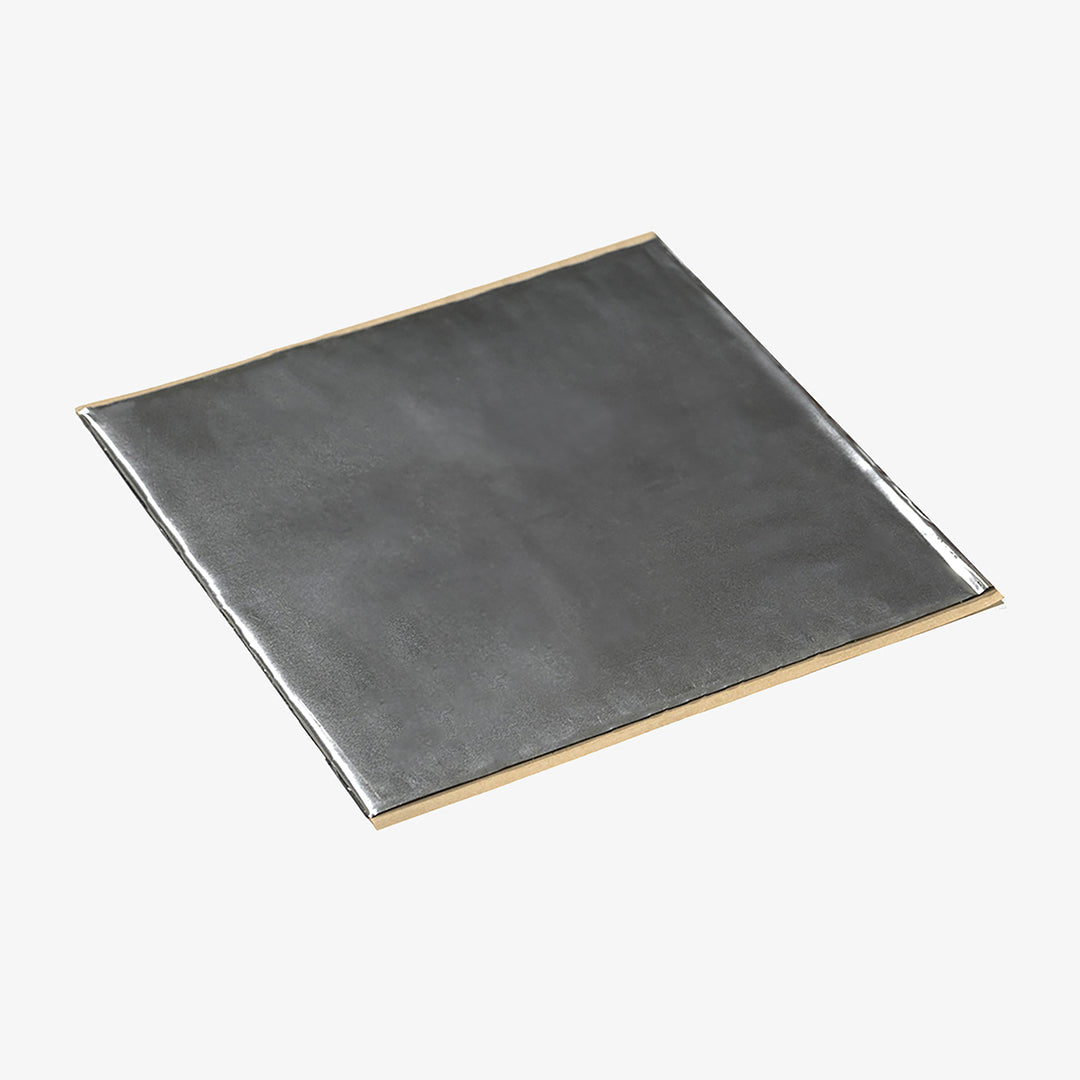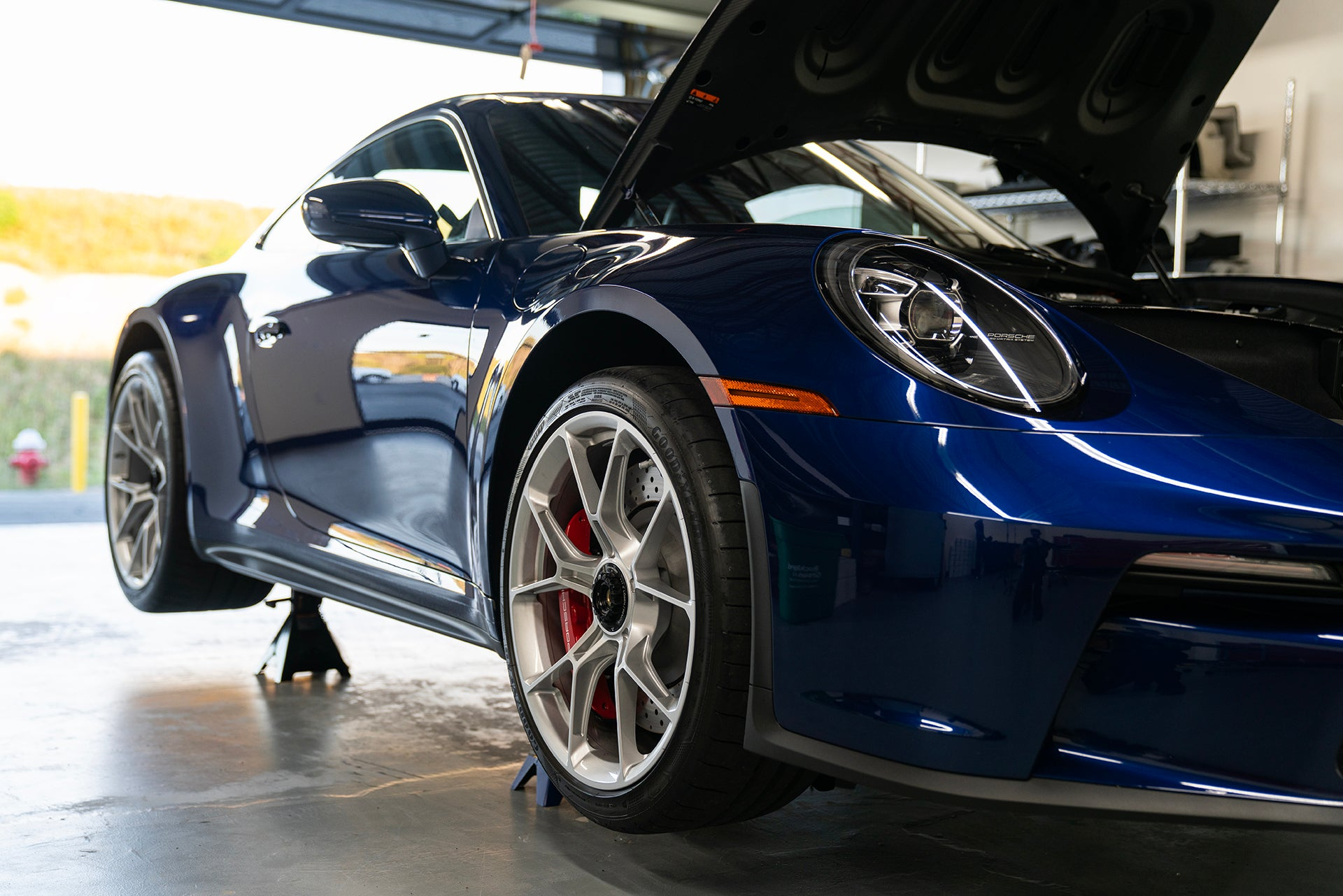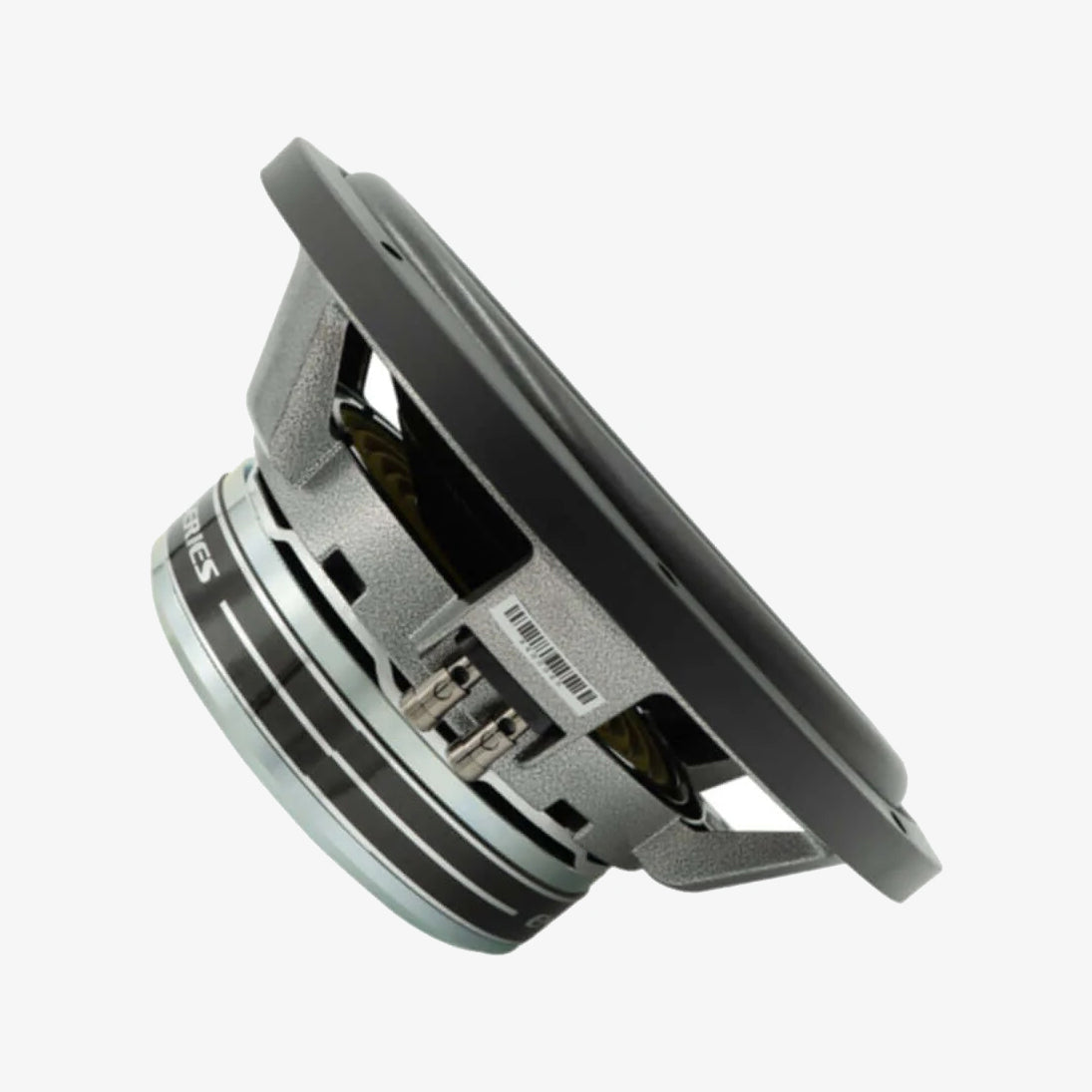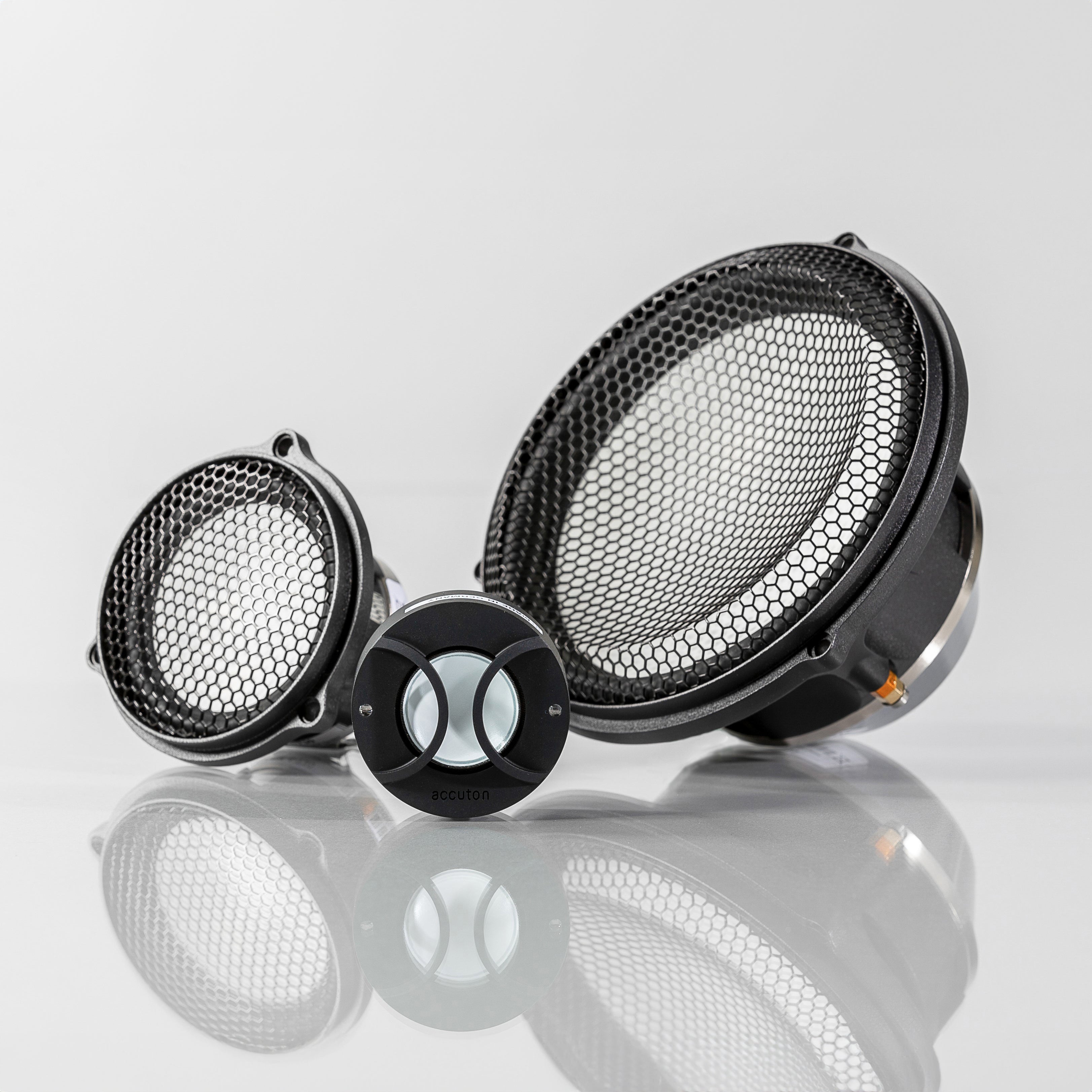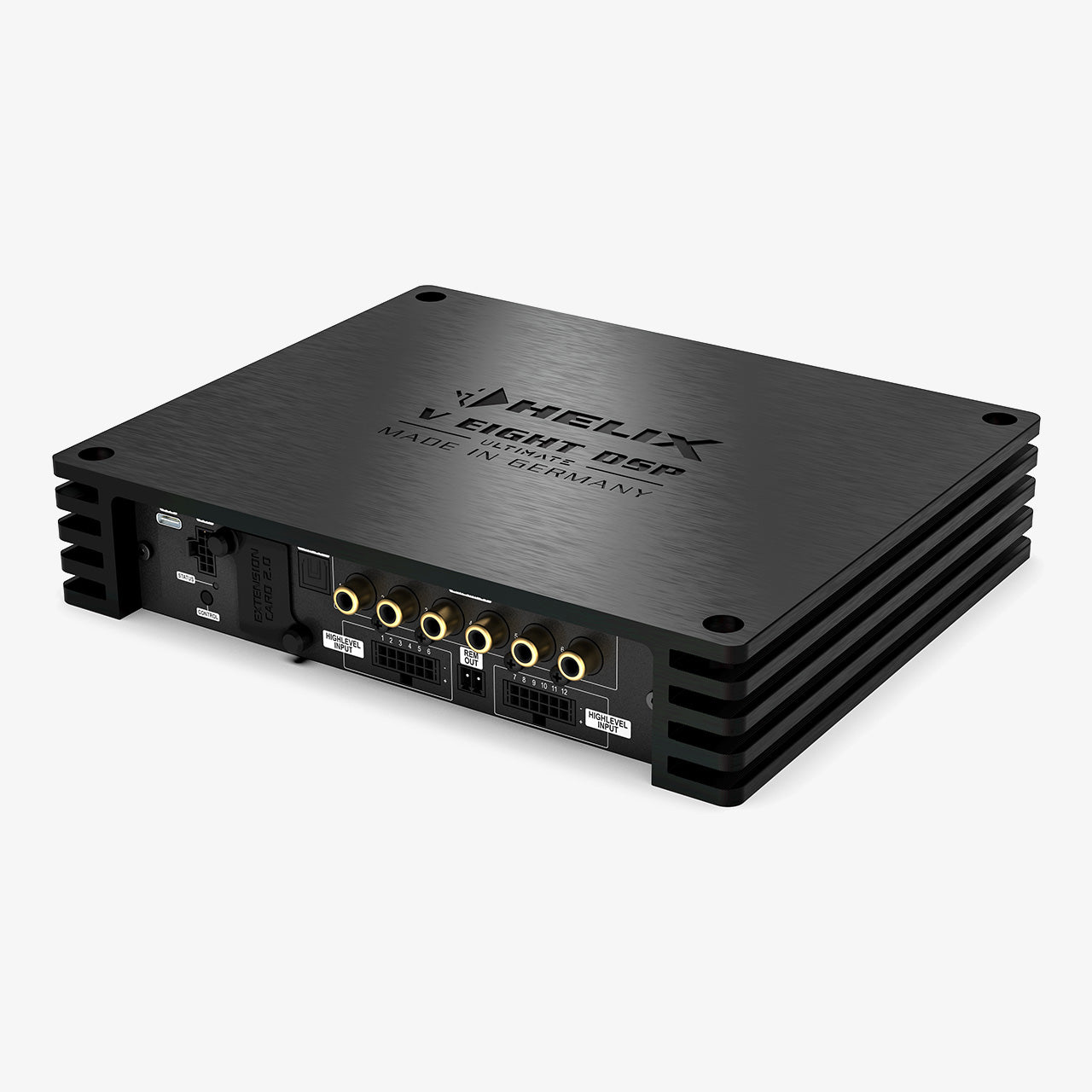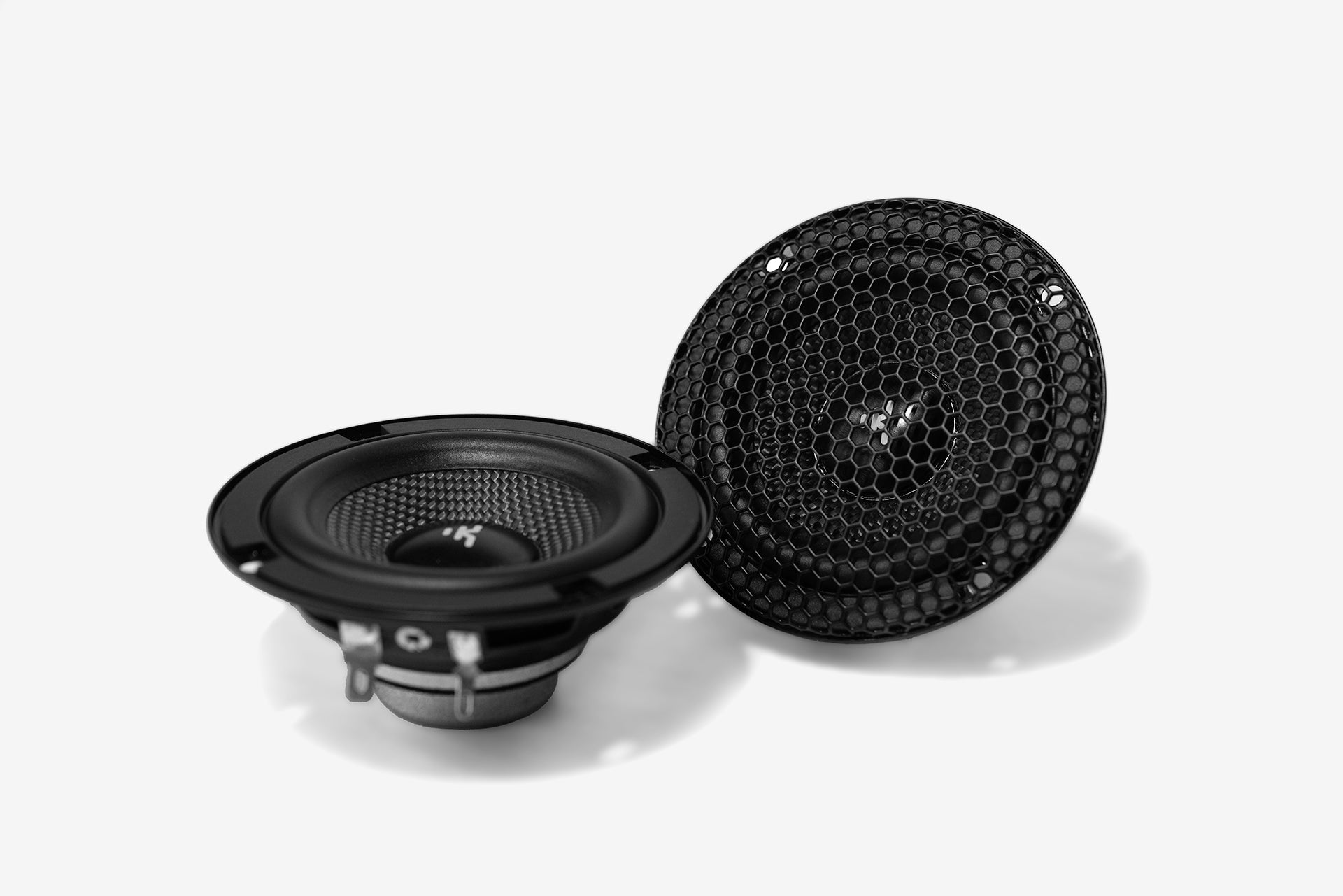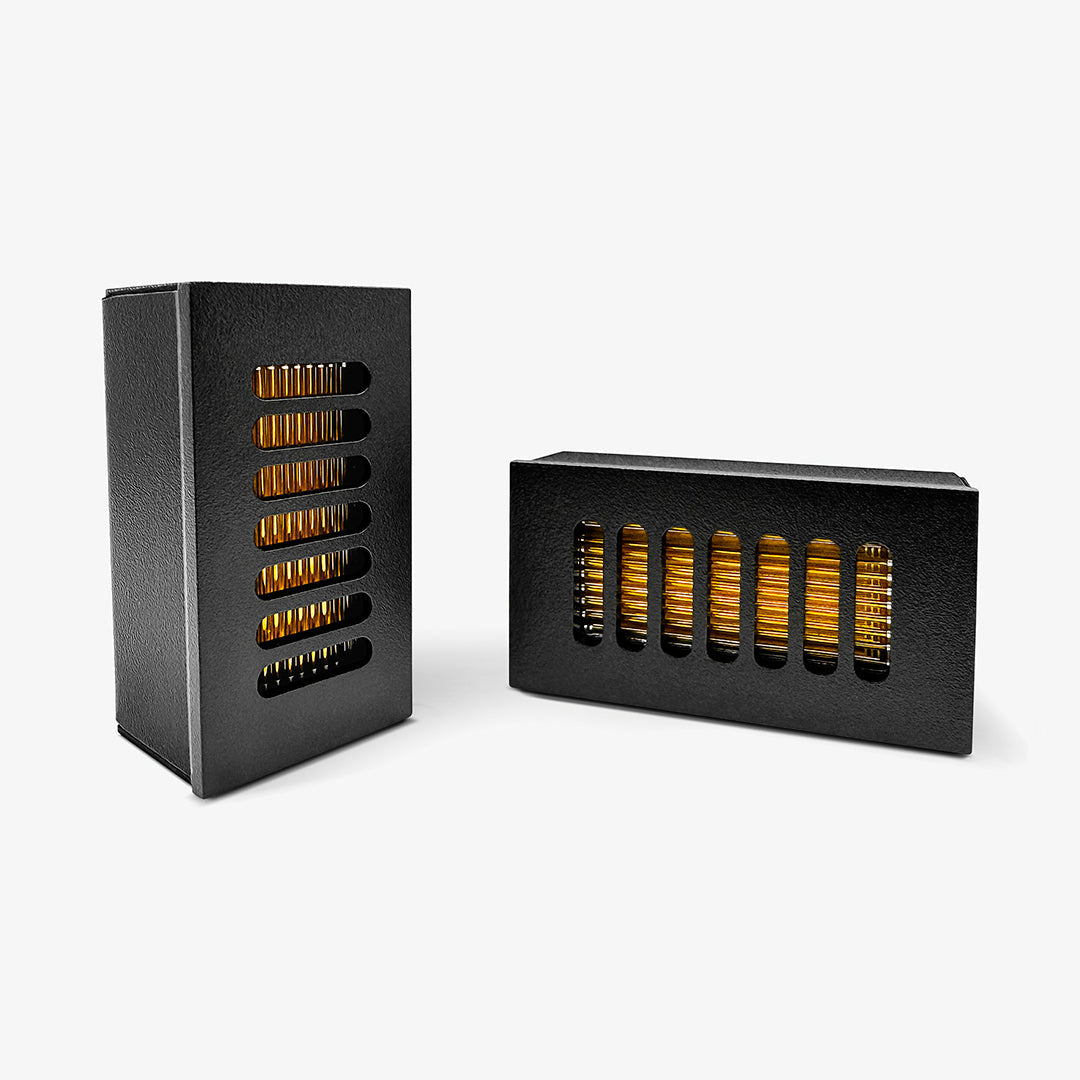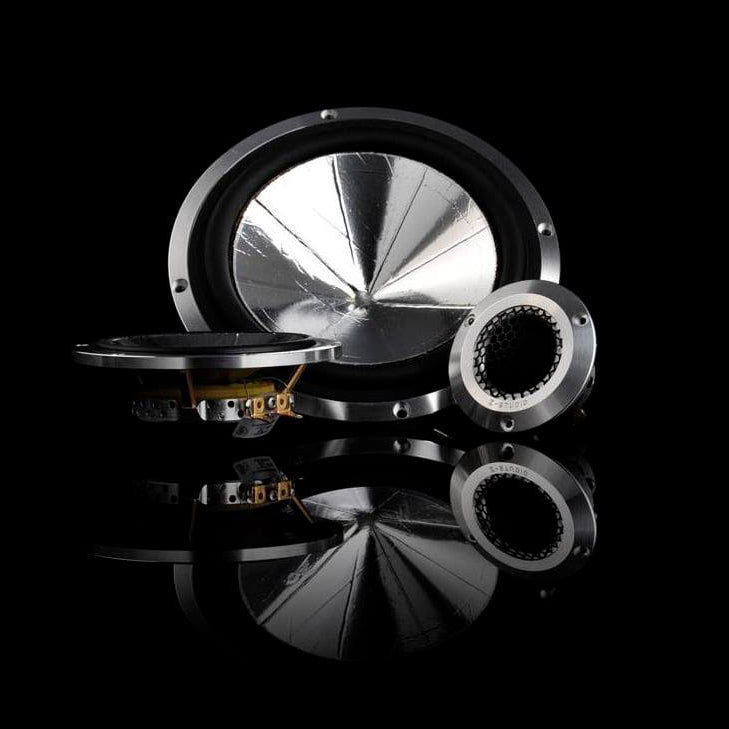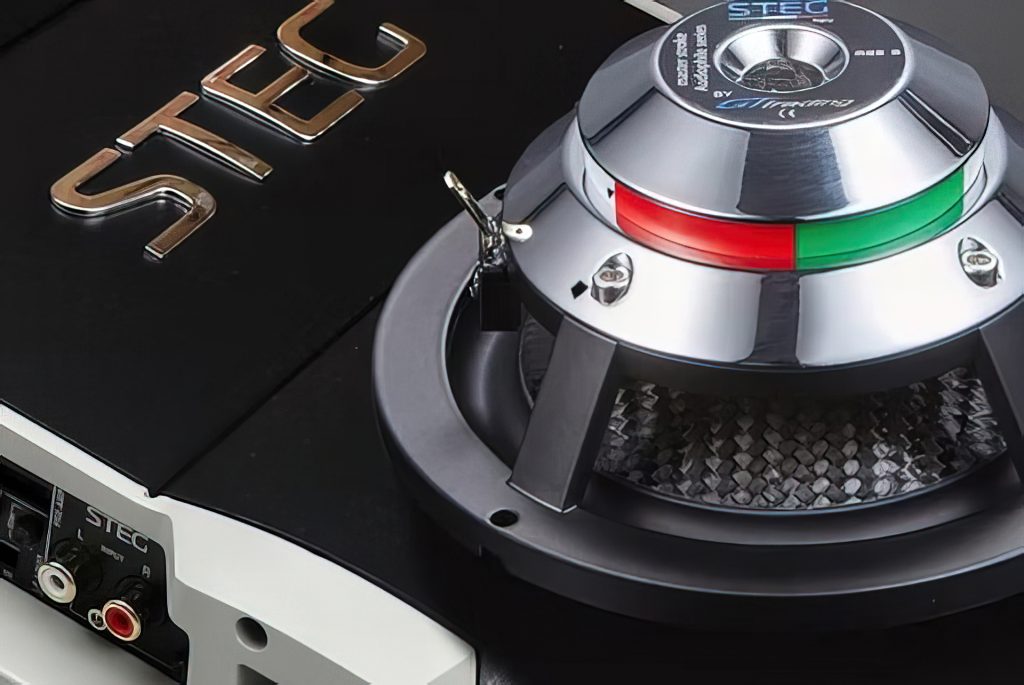TuneEQ
TuneEQ is an extremely flexible and particularly easy-to-use function for automated frequency response correction. A single measurement per audio channel or channel pair with a suitable measurement microphone (e.g. our MTK1) is sufficient for TuneEQ to independently and precisely adjust the equalizers to the desired reference curve. TuneEQ uses the full function set of the parametric equalizer including center frequency, Q-factor and gain adjustment. And since the highly complex arithmetic operations required for this run in the background, you also save a lot of time when optimizing your sound with TuneEQ.
RealCenter
The “RealCenter” feature is an algorithm, developed by Audiotec Fischer, that emphasizes the music information which is present in both the left and right front channel to create an unique center signal. In contrast to common procedures, in which only the channels are summed up, the intensity of the center signal is also dynamically controlled by the stereophonic informational content of the left and right channel.
Sounds complicated but this effect is astonishing: That means if solely the left or right channel delivers an audio signal, the center channel will not reproduce a signal. In the case of common algorithms, the volume level of the center channel is only reduced by 6 dB (= half volume level). Audiotec Fischer’s “RealCenter” allows a unique, broadened sound staging for both driver and co-driver at the same time! Therefore, the disadvantages of a conventional center channel, such as an intrusive, small sound stage, are things of the past.
Augmented Bass Processing
Audiotec Fischer’s proprietary “Augmented Bass Processing”, consisting of the two revolutionary sound features “Dynamic Bass Enhancement” and “SubXpander”, has been especially developed to dramatically improve the bass reproduction of subwoofers.
The “Dynamic Bass Enhancement” ingeniously combines maximum deep bass and highest sound pressure – regardless of the music style or the tone controls in the head unit. Depending on the input signal, the “Dynamic Bass Enhancement” gains the lower frequency range and varies the cut-off frequency of the subsonic filter. The result is a significantly more powerful and deeper bass response at low and medium volume levels without the risk of overloading the subwoofer neither mechanically nor electrically at high volume levels. It is simply fascinating which bass performance is suddenly possible.
If you want an even lower and “darker” bass reproduction, the “SubXpander” can be additionally activated. Therefore, subharmonic tones are added to the fundamental tones in the frequency range between 50 and 100 Hz.


